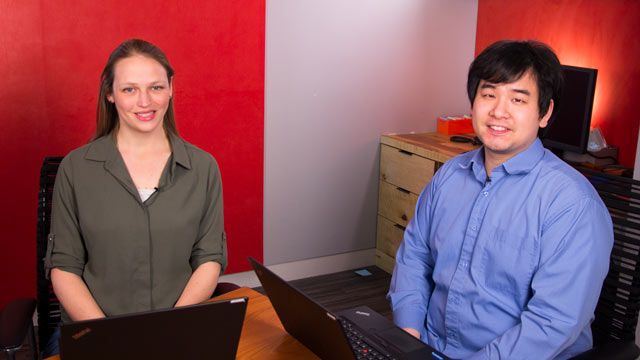Deep Learning with MATLAB: Transfer Learning in 10 Lines of Code
From the series: Deep Learning with MATLAB
Transfer learning is a deep learning approach in which a model that has been trained for one task is used as a starting point for a model that performs another similar task. Transfer learning is commonly used for image classification, computer vision, and natural language processing.
Learn how to perform transfer learning in 10 lines of MATLAB code. More specifically, learn how to modify the pretrained GoogLeNet network to classify food images. MATLAB provides built-in functions that allow you to easily modify and retrain a pretrained network, achieving high classification accuracy. You will also learn how to use the same transfer learning workflow as part of a visual inspection system.
Published: 12 Nov 2024





